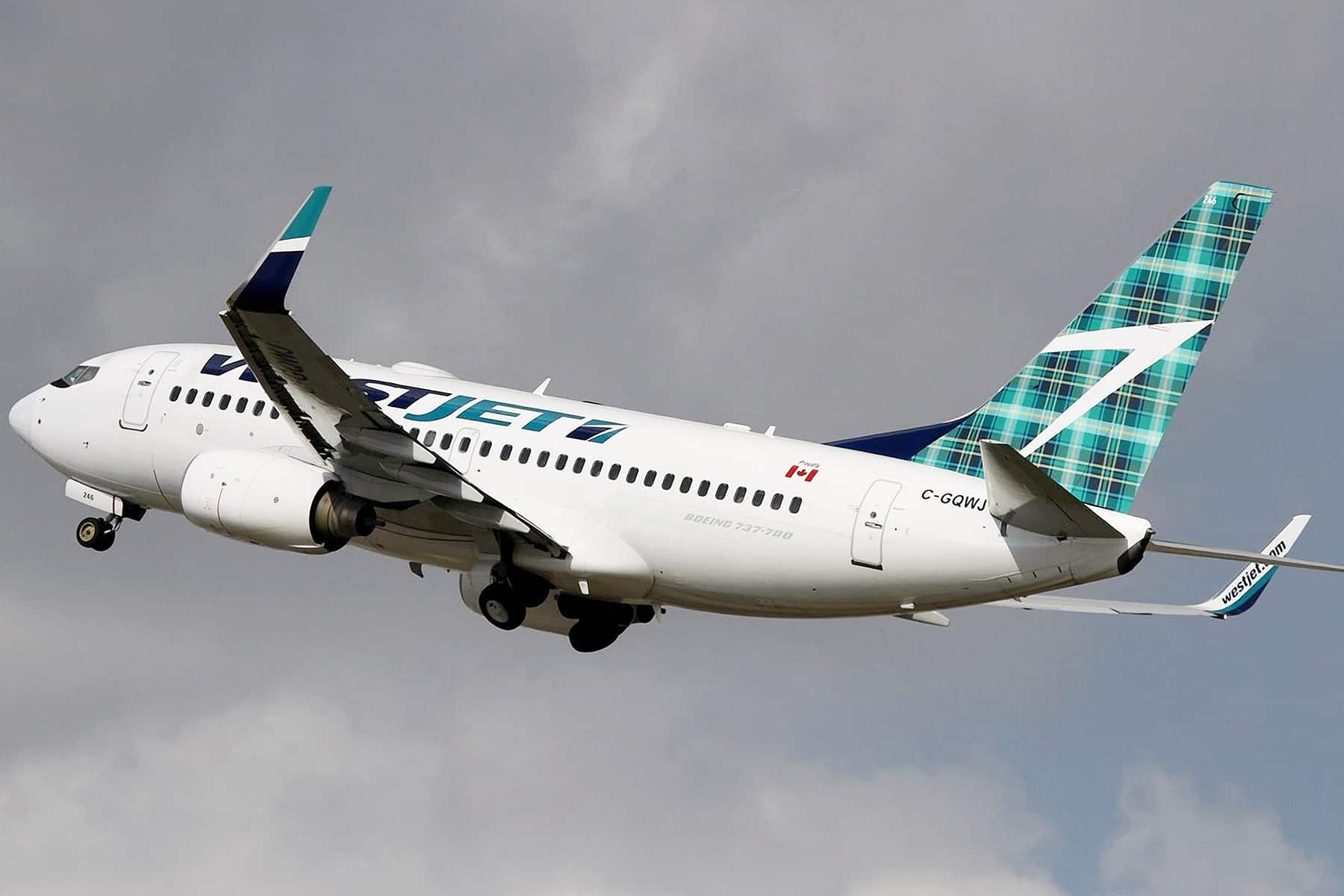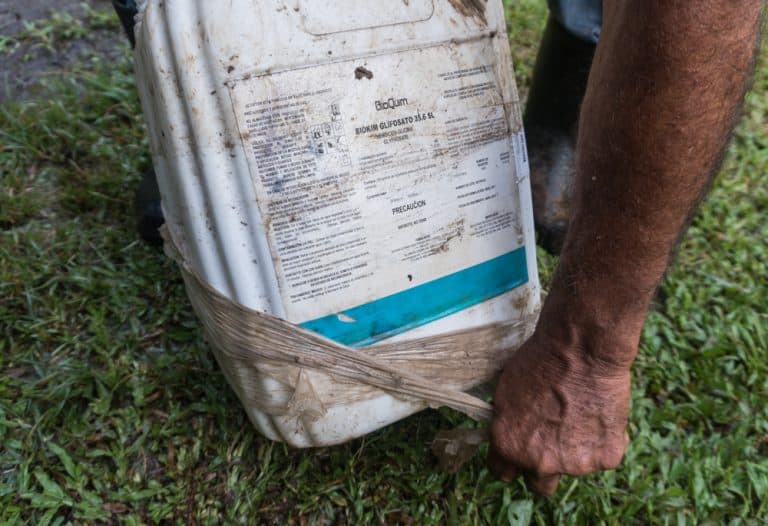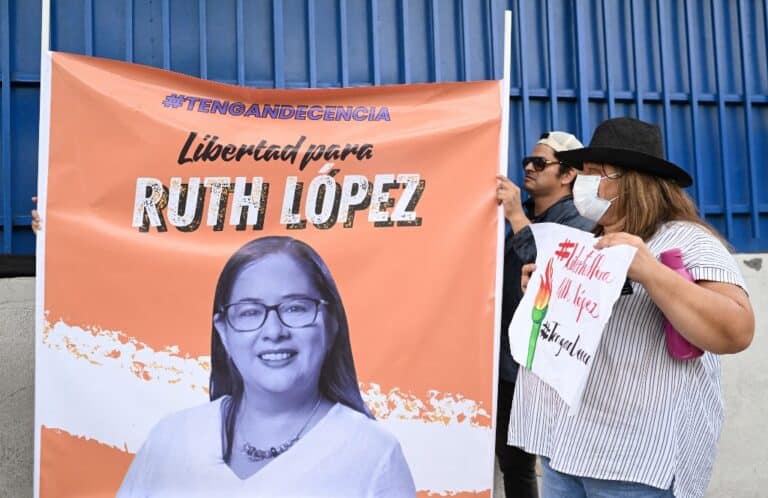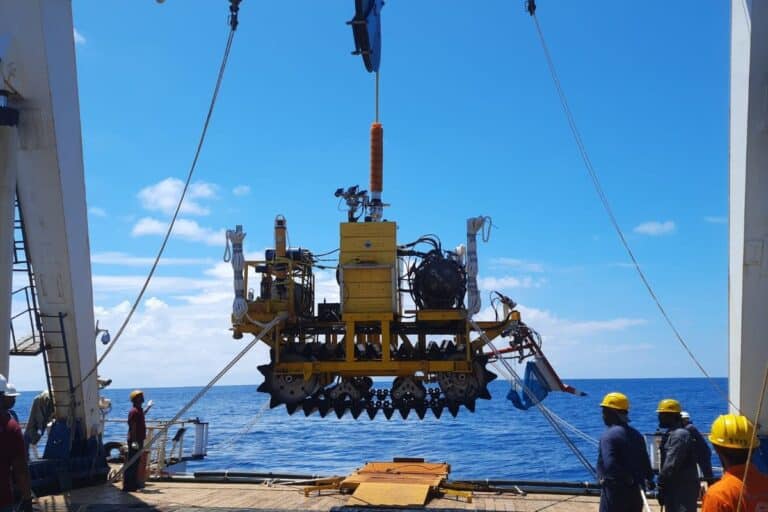IHOP and Applebee’s are bringing their breakfast and casual dining menus together in a new dual-branded restaurant at Plaza Tempo in Escazú. The chains, both owned by Dine Brands Global, announced the upcoming opening on social media, generating buzz among Costa Ricans wanting to have the combo of pancakes and burgers under one roof. While no exact opening date is confirmed, IHOP’s Instagram post hinted at a launch “very soon,” promising “two great brands in one place.”
The Plaza Tempo location will mark IHOP’s first entry into Costa Rica and Applebee’s return after a five-year absence. IHOP, founded in 1958 in California, is known for its breakfast staples like pancakes, waffles, and omelets, while Applebee’s offers American favorites such as burgers, ribs, and salads. The dual setup, a first for Costa Rica, allows customers to order from either menu throughout the day, aiming for families, professionals, and tourists. The restaurant, managed by franchisee BLT UK Holdings Limited, follows a model already successful in Mexico, Canada, and Honduras, with distinct dining areas for each brand and a shared kitchen for efficiency.
Applebee’s previously operated in Costa Rica from 2009 to 2020, with locations in Terrazas Lindora, Plaza Carolina, and Real Cariari, but closed due to financial struggles, laying off 90 workers. Its comeback, paired with IHOP’s debut, is a strategic move by Dine Brands to tap into Costa Rica’s growing dining market. In March, Dine Brands announced plans to open 13 new dual-branded restaurants globally, including this Escazú location, aiming for 41 by year-end. The model can generate up to twice the revenue of standalone restaurants, making it a smart bet for the chains’ reentry.
Plaza Tempo, in the affluent Escazú area, is a prime spot drawing locals, expats, and tourists. Costa Rica received 3.2 million visitors in 2024, many of those looking for familiar dining options, according to the Costa Rican Tourism Institute. The new restaurant will offer exclusive menu items, like a Loaded Buffalo Chicken Omelette combining Applebee’s chicken tenders with IHOP’s omelette style, as seen in other dual locations. A full bar with cocktails like mimosas and margaritas will add to the appeal, based on the setup of the first U.S. dual-branded restaurant in Seguin, Texas, opened in June.
The restaurant will hire cross-trained staff to handle both menus, ensuring smooth service despite industry challenges like rising food costs, which hit Costa Rica’s dining businesses in 2024. This year’s hopeful tourism boom, being fueled by new flights like WestJet’s 2025–26 routes to Liberia and San José, could bring more diners to Escazú, especially during the high season. Dine Brands is also leveraging AI tools for menu personalization and operations, a move to stay competitive in a tough market.
The joint venture coincides with Costa Rica’s push to diversify its dining scene, particularly in upscale areas like Escazú. Plaza Tempo’s modern setting and accessibility make it ideal for the chains’ broad appeal. For locals missing Applebee’s wings or curious about IHOP’s pancakes, the new spot promises a convenient dining option. You can check IHOP and Applebee’s social media or Dine Brands’ website for opening updates.











